A designer protein coat for polymer nanoparticles
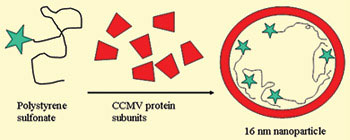 Dutch scientists can tune the size of protein-coated polymer nanoparticles for drug delivery applications.
Dutch scientists can tune the size of protein-coated polymer nanoparticles for drug delivery applications.
Jan 22nd, 2007
Read more
 Dutch scientists can tune the size of protein-coated polymer nanoparticles for drug delivery applications.
Dutch scientists can tune the size of protein-coated polymer nanoparticles for drug delivery applications.
Jan 22nd, 2007
Read moreResearchers have found a way to organize molecules in a crystal so that the poles align in the same direction.
Jan 22nd, 2007
Read moreWhen it comes to nanotechnology, Lakhtakia and his colleagues found that people in most segments of the economy are not paying much attention.
Jan 22nd, 2007
Read moreA new analytical procedure with extremely high sensitivity and precision that allows the reliable identification of single molecules on surfaces.
Jan 22nd, 2007
Read more It seems that "powered by nanotechnology" has become a catchy phrase that suppliers of auto consumer products increasingly attach to products ranging from engine oil and windshield treatment to paint coating and in-car air purifiers.
It seems that "powered by nanotechnology" has become a catchy phrase that suppliers of auto consumer products increasingly attach to products ranging from engine oil and windshield treatment to paint coating and in-car air purifiers.
Jan 19th, 2007
Read more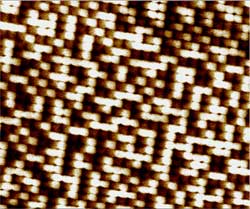 New nanodot arrays that respond to magnetic fields with record levels of uniformity.
New nanodot arrays that respond to magnetic fields with record levels of uniformity.
Jan 19th, 2007
Read moreResearch team achieves efficient, scalable solutions on difficult optimization problems containing over a billion variables.
Jan 19th, 2007
Read more An ongoing research project into the detection of illicit drug use has shown that 100% of a sample of bank notes in current circulation in Dublin showed contamination with cocaine.
An ongoing research project into the detection of illicit drug use has shown that 100% of a sample of bank notes in current circulation in Dublin showed contamination with cocaine.
Jan 19th, 2007
Read more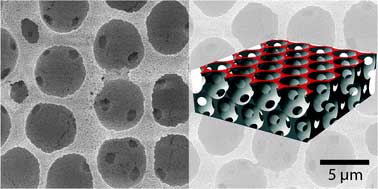 A simple low-cost approach using a commercially available Teflon suspension for forming an ultrahydrophobic coating.
A simple low-cost approach using a commercially available Teflon suspension for forming an ultrahydrophobic coating.
Jan 19th, 2007
Read more Researchers have succeeded in breaking the symmetry of nanoparticles using a mathematical principle known as the hairy ball theorem.
Researchers have succeeded in breaking the symmetry of nanoparticles using a mathematical principle known as the hairy ball theorem.
Jan 19th, 2007
Read more New technique stores and retrieves entire image from a single photon.
New technique stores and retrieves entire image from a single photon.
Jan 19th, 2007
Read more Lycra-like materials were inspired by spider silk.
Lycra-like materials were inspired by spider silk.
Jan 19th, 2007
Read more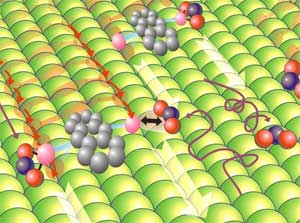 A molecule that can move in a straight line on a flat surface now can carry cargo.
A molecule that can move in a straight line on a flat surface now can carry cargo.
Jan 18th, 2007
Read moreU.S. researchers are teaming up with counterparts in Pakistan to develop nanotechnologies which will identify potential cancer therapies which utilize native medicinal plants.
Jan 18th, 2007
Read moreScientists have discovered a new way to use nanoparticles as passkeys that allows drugs to enter cancer cells.
Jan 18th, 2007
Read more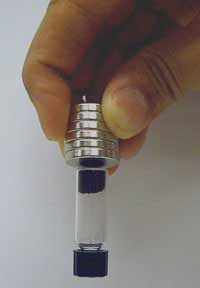 Canadian researchers have discovered a new class of molecular magnets which work above room temperature.
Canadian researchers have discovered a new class of molecular magnets which work above room temperature.
Jan 18th, 2007
Read more